Biography
In approximately 1987 I created a water rocket launch system and used it to capture Physics and Physical Science students into the wonders of science. I showed it to teachers at a national science education convention. A video production company (Insights Visual Production, Inc.) heard about it and wanted to make a video and a manual that teachers could use. They came to Nebraska and video taped me along with Dr. Ron Bonnstetter teaching science using water rockets. The video and manual (which I wrote) were and still are at the time of this writing, marketed nationally.
I created a science event called “Bottle Rockets” and presented it to Science Olympiad. It was accepted as a national event and was part of Science Olympiad and thousands of schools have competed using the event.
I co-wrote with Jon Pederson an article that was published in “The Science Scope” and water rockets were on the cover.
A description of my teaching style was published in a book called Inquiry and Learning published in 1996 by the College Board. (College Entrance Examination Board).
Every year my students from 9th grade Physical Science to 12th grade AP students made water rockets and, using video-analysis and other means including the use of Arduinos obtain the kinematics and mechanics of their rockets. In differentiated (advanced) physics students build a water and air powered rocket that flies over 300 miles per hour. Students, rather than read about topics in a book, experience science by doing it. They analyze rockets that they build. Using energy conservation concepts they calculate the drag on the rocket as a function of velocity, and discover that it is exponential. They hypothesize, based on their research, that the rocket would not be able to exceed the speed of sound due to the exponential increase of the drag force. They conclude that the rocket will have a terminal velocity of 500 miles per hour. They, in their research, also discover that the rocket produces a thrust of up to 110 pounds for about 0.030 seconds.
Later students build accelerometers, of their own design, that measure the maximum net force on their rockets and then compare this information with that obtained from their video-analysis from earlier in the course.
Students of mine have worked at Jet Propulsion Laboratory, Rocketdyne, Tesla, NASA on the Mars rover Missions (including Pathfinder, Spirit, and possibly Curiosity.)
Some students of mine have become professors and stay in contact with me. I have been privileged to be in some of their weddings. We, via the excitement of hands on Process Science, have become a growing family. All of my students, regardless of their eventual chosen profession, will remain my students even though their knowledge exceeds my own. Tyler Seachrist, a student of mine and a math professor, uses water rockets to teach math concepts in college.
On our Team America Rocketry Challenge team the seniors train the underclass students. Engineering students from the University of Nebraska work with our team on Thursdays and NASA works with the UNL students in summer internships, the team is financially supported largely by previous students who are now engineers, scientists, and doctors; and the beat goes on.
The intrinsic motivation that my students gain by doing science as a process, in conjunction with their mental faculties, is in my opinion, part of a consistent theme that all excellent, successful science professionals have; and is necessary for success in all pure or applied technology fields.
I am now retired from formal teaching, but the beat goes on with a company that I created approximately 24 years ago. Nerds, Incorporated. Nerds Inc. is an acronym for Nebraska Educators Really Doing Science, Incorporated. The purpose of the company, from my perspective, is to bring science alive by students really doing science. Science is a process that is so fun and so natural. My goal is to help teachers really do science which is something that can be a bit intimidating, but our students need it, our nation needs it, so its worth the effort; but the great part is it’s so much fun for both the students and teachers.

